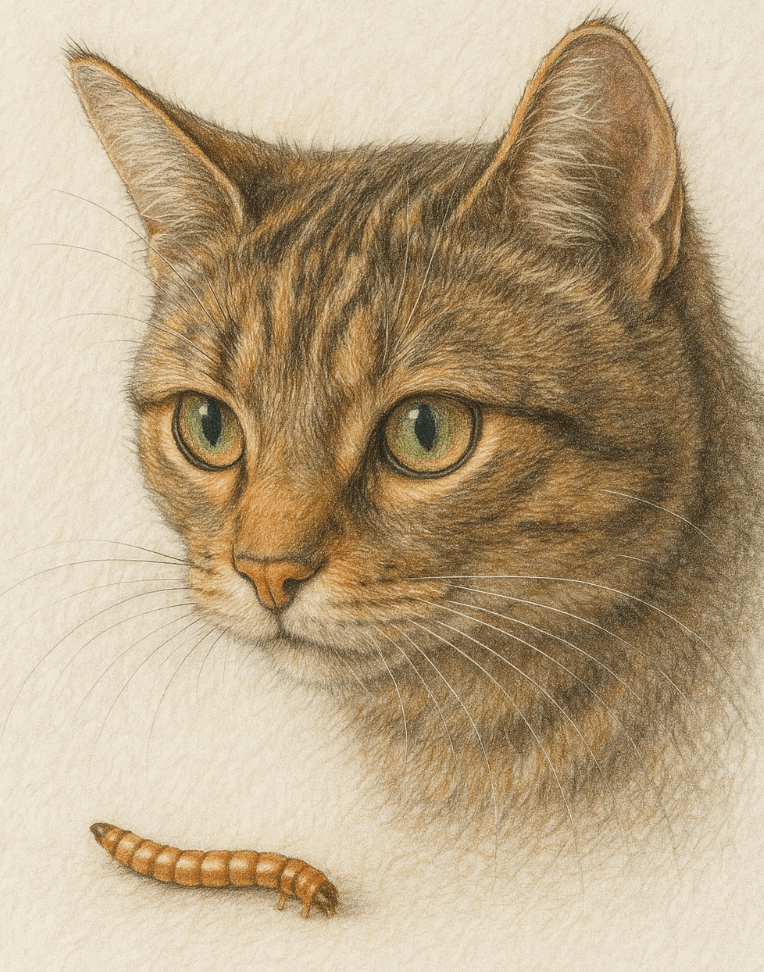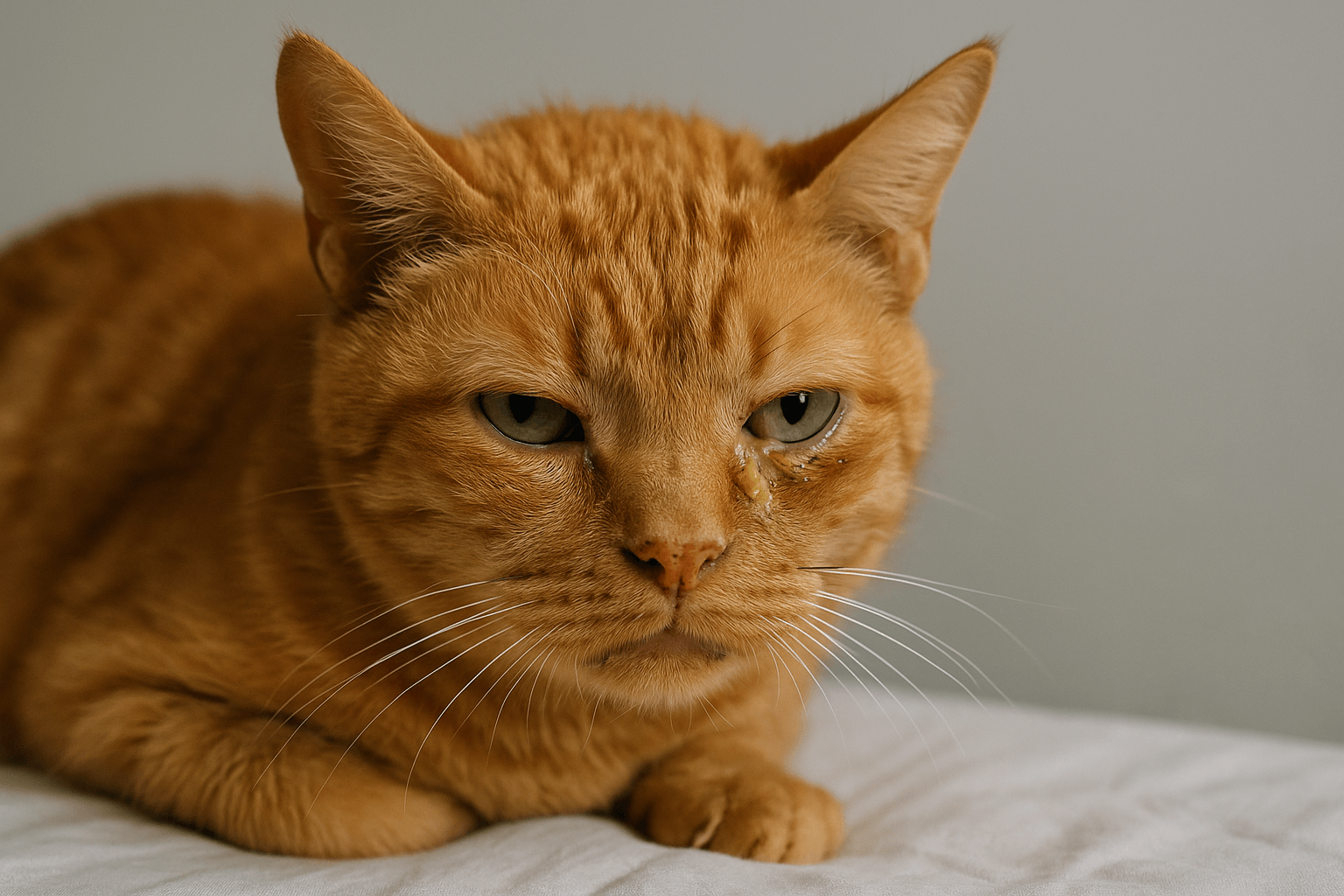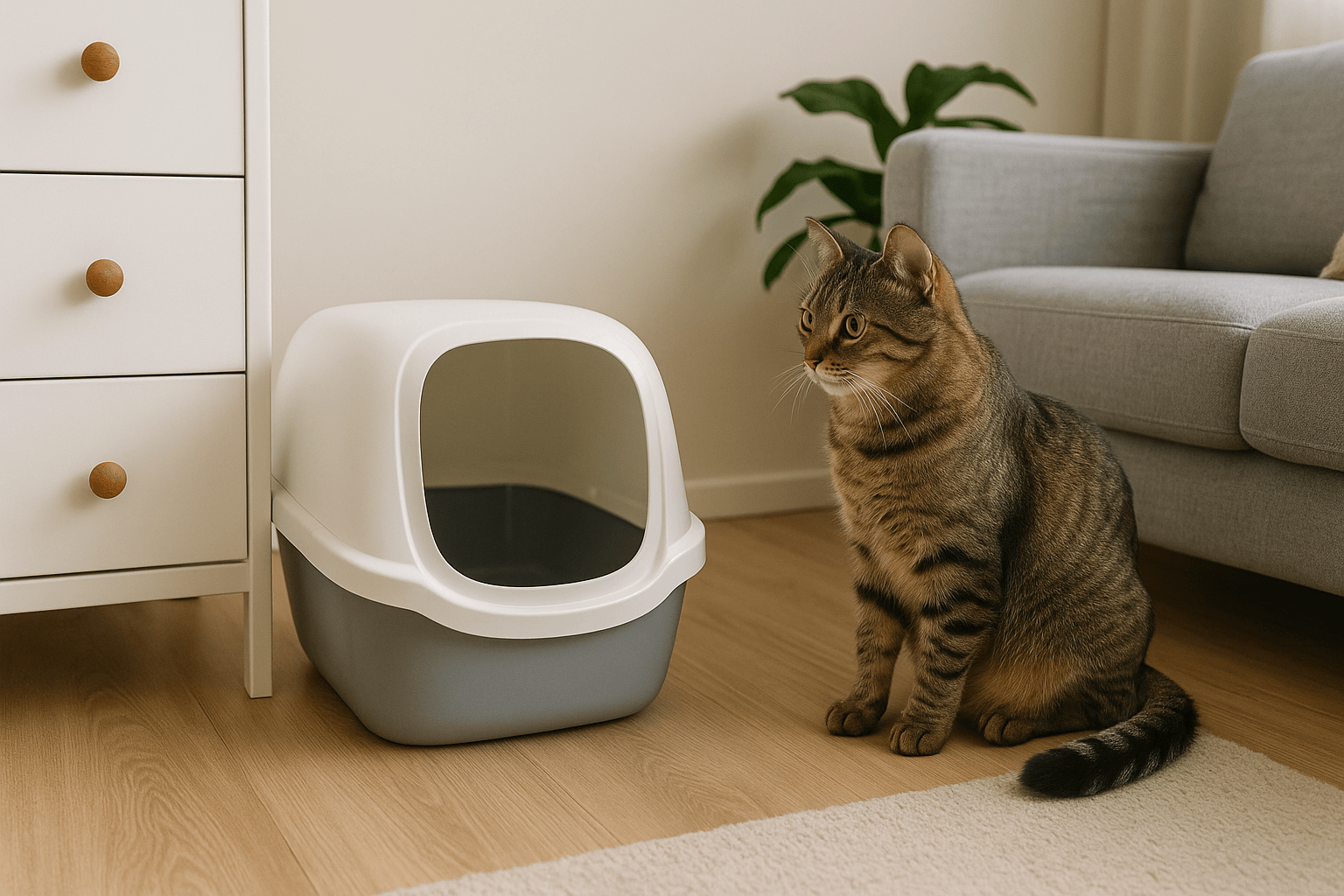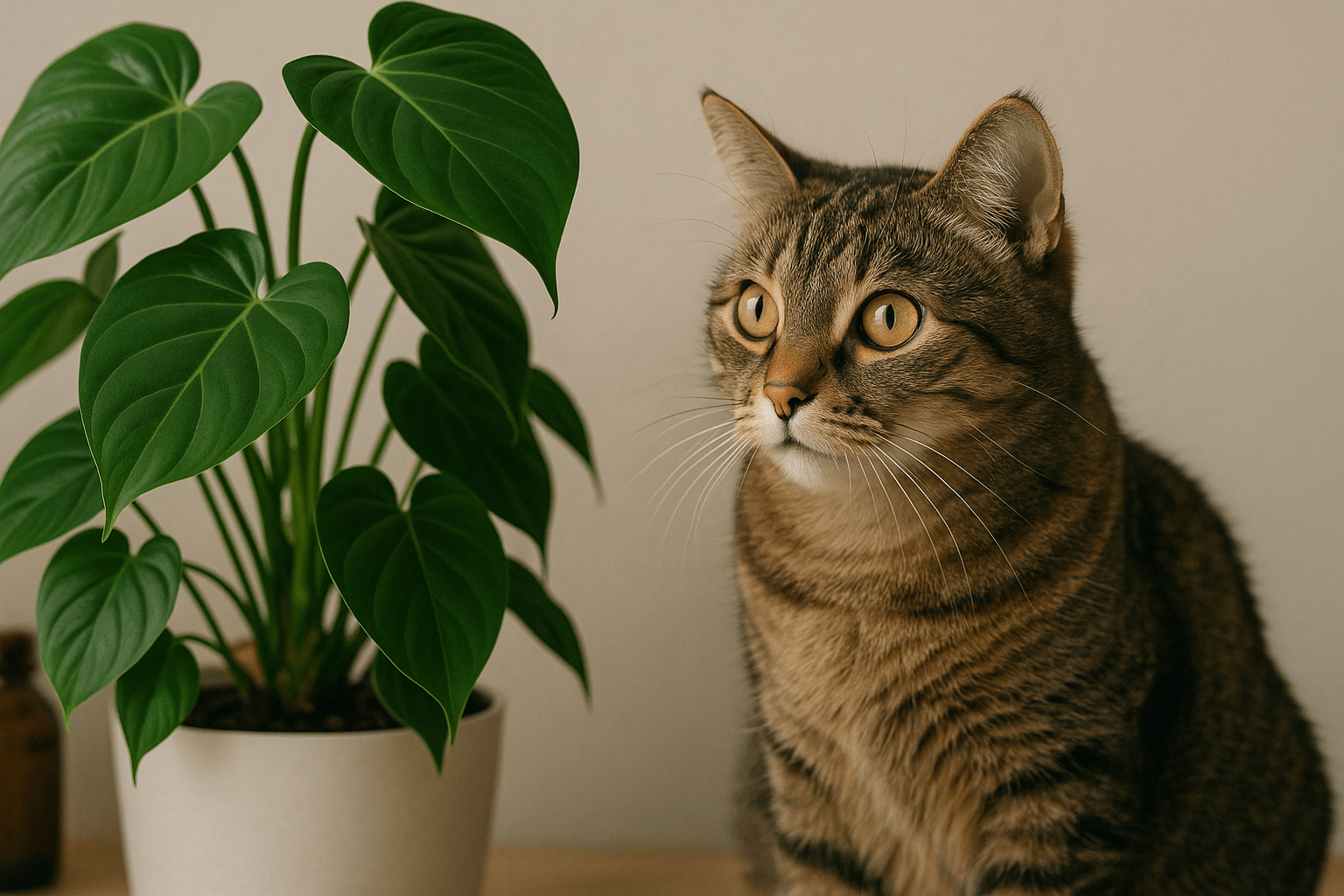Can Cats Eat Mealworms? Exploring a Nutritious Treat Option
As cat owners, we’re always on the lookout for safe and healthy treats to supplement our feline friends’ diets. Recently, mealworms have gained attention as a protein-rich snack not only for humans but also for pets. But can cats eat mealworms? Are they safe, nutritious, and beneficial for our furry companions? The short answer is yes—mealworms can be a great occasional treat for cats, provided they are prepared and served correctly. In this blog post, we’ll delve into the benefits, risks, and best practices for feeding mealworms to your cat. Whether you’re curious about trying something new or simply want to ensure your pet’s diet remains balanced, this guide has you covered.
Benefits of Feeding Mealworms to Cats
Mealworms are more than just a trendy snack—they offer several nutritional advantages that make them an excellent occasional treat for cats. Here’s why you might consider adding them to your cat’s menu.
High-Quality Protein:
Mealworms are packed with protein, which is essential for muscle development and overall health in cats.Rich in Omega Fatty Acids:
These fatty acids support skin health, promote a shiny coat, and contribute to overall well-being.Low in Fat:
Compared to other protein sources, mealworms are relatively low in fat, making them a lighter option for weight-conscious pet owners.Natural Source of Vitamins and Minerals:
Mealworms contain nutrients like iron, magnesium, and B vitamins, which support energy production and immune function.Environmentally Friendly Option:
As a sustainable protein source, mealworms have a smaller environmental footprint compared to traditional livestock.
With these benefits, mealworms can be a valuable addition to your cat’s diet when offered in moderation.
Potential Risks of Feeding Mealworms to Cats
While mealworms are generally safe, there are some risks to keep in mind to ensure your cat’s safety and well-being.
Allergic Reactions:
Some cats may have sensitivities or allergies to insects, leading to symptoms like itching or digestive upset.Choking Hazard:
Whole mealworms, especially if dried, can pose a choking risk if not properly prepared or cut into smaller pieces.Digestive Upset:
Introducing mealworms too quickly or in large quantities may cause vomiting or diarrhea due to dietary changes.Contamination Risks:
If mealworms are not sourced from reputable suppliers, they may carry harmful bacteria or pesticides.Imbalanced Diet:
Overfeeding mealworms can disrupt the balance of your cat’s diet, leading to nutrient deficiencies or excesses.
By understanding these risks, you can take steps to minimize potential issues and ensure mealworms remain a safe treat for your cat.
Check this guide 👉Can Cats Eat Blue Cheese? Best 7 Expert Tips!
Check this guide 👉Can Cats Eat Cherries? Best 7 Expert Tips!
Check this guide 👉Can Cats Eat Centipedes? Best 7 Expert Tips!

Benefits of Feeding Mealworms to Cats | Risks of Feeding Mealworms to Cats |
|---|---|
High-quality protein source | Risk of allergic reactions |
Rich in omega fatty acids | Potential choking hazard |
Low in fat and calories | Digestive upset if introduced too fast |
Contains essential vitamins and minerals | Contamination from poor sourcing |
Environmentally sustainable option | Risk of imbalanced diet if overfed |
How to Safely Prepare and Serve Mealworms to Cats
If you decide to introduce mealworms to your cat’s diet, preparation and portion control are key to ensuring their safety and enjoyment. Follow these guidelines for a smooth experience.
Choose High-Quality Mealworms:
Opt for mealworms specifically marketed for pets or human consumption to ensure they are free from harmful additives.Cook or Dry Them Thoroughly:
Raw mealworms may carry bacteria; lightly cook or dehydrate them to eliminate potential risks.Cut into Bite-Sized Pieces:
For smaller cats or kittens, chop mealworms into smaller pieces to prevent choking.Start with Small Portions:
Begin with a single mealworm or two to monitor your cat’s reaction before offering larger amounts.Limit Frequency:
Treat mealworms as an occasional snack rather than a daily staple to maintain a balanced diet.
By following these steps, you can safely incorporate mealworms into your cat’s routine without compromising their health.
Signs Your Cat May Not Tolerate Mealworms
While most cats enjoy mealworms without issue, some may experience adverse reactions. Watch for these signs to determine whether mealworms agree with your pet.
Vomiting or Diarrhea:
Gastrointestinal upset is a common sign that your cat’s digestive system isn’t tolerating mealworms well.Excessive Itching or Scratching:
Allergic reactions often manifest as skin irritation or excessive grooming behavior.Loss of Appetite:
If your cat refuses food after eating mealworms, it could indicate discomfort or illness.Swelling or Redness:
Swollen paws, face, or ears may signal an allergic response requiring immediate attention.Lethargy or Behavioral Changes:
A sudden lack of energy or unusual behavior could point to an underlying issue caused by the treat.
Recognizing these signs early allows you to act promptly and consult your veterinarian if necessary.
Common Mistakes to Avoid When Feeding Mealworms
Feeding mealworms to your cat requires attention to detail to avoid potential pitfalls. Here are some common mistakes to steer clear of.
Feeding Too Many at Once:
Overfeeding mealworms can overwhelm your cat’s digestive system and lead to nutrient imbalances.Using Unreliable Sources:
Mealworms from unknown suppliers may contain contaminants or harmful substances.Skipping Preparation Steps:
Serving raw or improperly prepared mealworms increases the risk of bacterial contamination.Ignoring Portion Sizes:
Treats should never exceed 10% of your cat’s daily caloric intake to avoid disrupting their diet.Not Monitoring for Reactions:
Failing to observe your cat’s response can result in missed signs of allergies or intolerance.
Avoiding these mistakes ensures a safer and healthier experience for your cat.
Alternatives to Mealworms for Protein-Rich Cat Treats
If mealworms aren’t suitable for your cat or you’d like to explore other options, here are some protein-rich alternatives to consider.
Cooked Chicken or Turkey:
Lean meats are a classic choice for cats, providing high-quality protein and essential nutrients.Boiled Eggs:
Eggs are rich in protein and easy to digest when cooked thoroughly.Fish Like Salmon or Tuna:
Fish offers omega-3 fatty acids and is a favorite among many cats, though it should be served in moderation.Freeze-Dried Liver Treats:
These treats are packed with flavor and nutrition, making them a popular choice for feline snacks.Insect-Based Treats (Other Varieties):
Crickets or black soldier fly larvae are alternative insect-based options that are equally nutritious.
These alternatives provide variety while catering to your cat’s dietary preferences and needs.
Fun Ways to Introduce Mealworms to Your Cat
Introducing mealworms doesn’t have to be boring—get creative to make the experience enjoyable for both you and your cat.
Mix with Wet Food:
Blend chopped mealworms into your cat’s wet food to enhance flavor and encourage acceptance.Create DIY Treat Balls:
Combine crushed mealworms with cat-safe ingredients like pumpkin puree to form fun, edible treats.Use as Training Rewards:
Offer small pieces of mealworms as rewards during training sessions to reinforce positive behavior.Sprinkle on Top of Kibble:
Add a few mealworms to your cat’s dry food as a topping to spark their interest.Experiment with Textures:
Try serving mealworms in different forms (dried, cooked, or powdered) to see which your cat prefers.
These creative ideas make mealworms a versatile and exciting addition to your cat’s diet.
Frequently Asked Questions About Cats and Mealworms
Are mealworms safe for all cats?
While most cats can eat mealworms, those with known allergies or sensitive stomachs may need to avoid them.
Can kittens eat mealworms?
Yes, but they should be finely chopped and introduced gradually under supervision.
How many mealworms can I give my cat?
Limit treats to no more than 10% of your cat’s daily caloric intake to maintain a balanced diet.
Where can I buy mealworms for my cat?
Look for pet-safe or human-grade mealworms from reputable suppliers to ensure quality.
What should I do if my cat reacts badly to mealworms?
Stop feeding them immediately and consult your veterinarian for advice tailored to your cat’s needs.
Making Mealworms a Safe and Enjoyable Treat for Your Cat
Mealworms can be a nutritious and eco-friendly addition to your cat’s diet, offering a range of benefits when fed responsibly. However, it’s important to prioritize safety by sourcing high-quality mealworms, preparing them properly, and monitoring your cat’s response. By incorporating mealworms as an occasional treat rather than a dietary staple, you can provide variety and enrichment while maintaining your cat’s health. Always consult your veterinarian before introducing new foods to ensure they align with your cat’s specific needs. With care and moderation, mealworms can become a delightful part of your feline friend’s culinary adventures.
Tabby Cat vs Tortoiseshell: Best 7 Expert Tips! Discover the differences in patterns, personalities, and care needs between tabby and tortoiseshell cats to find your perfect feline companion.
Understanding Trichomoniasis in Cats: Best 7 Expert Tips! Discover symptoms, treatment, and prevention strategies for this common feline parasite to keep your cat healthy and happy.
Where to Place a Cat Litter Box? Best 7 Expert Tips! Discover ideal spots, avoid common mistakes, and learn how to keep your cat happy with perfect litter box placement.
Are Philodendrons Toxic to Cats? Best 7 Expert Tips! Discover if philodendrons are safe for cats, symptoms of poisoning, and expert advice to keep your feline friend healthy around houseplants.




